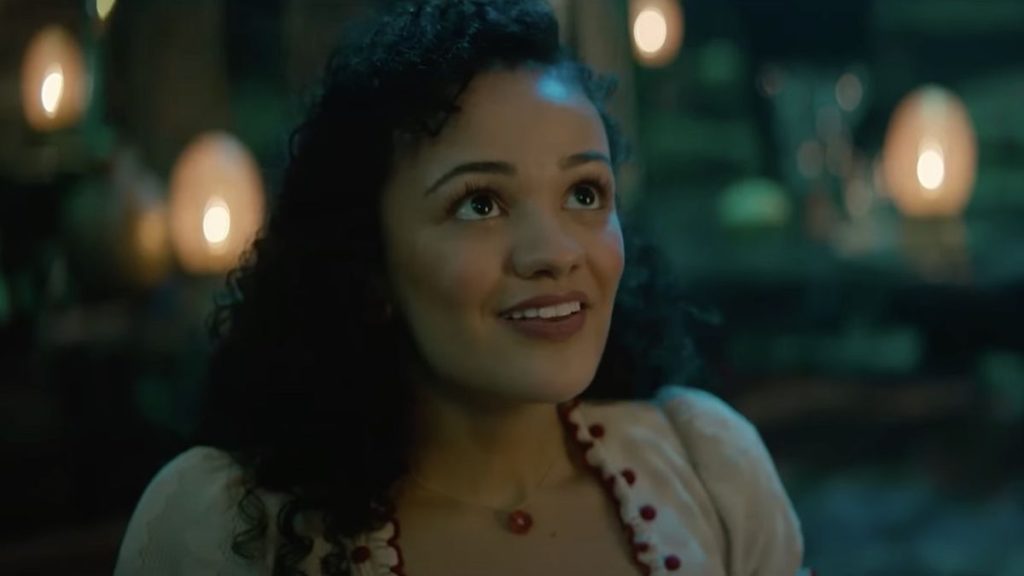I don’t typically watch musicals often—not from a dislike, but simply because I’m not particularly enthusiastic about characters expressing their emotions through song. Therefore, when Wicked premiered last November, I didn’t rush to the theater. Yet, as most people know, Jon M. Chu’s film adaptation of the beloved Broadway show from 2003 has gained immense popularity in its own right. Eventually, I found myself drawn to it, so I made time to watch Wicked, which is currently available for streaming with a Peacock subscription.
Like many viewers around the world, I was captivated by the film featuring Cynthia Erivo, Ariana Grande, Jeff Goldblum, Michelle Yeoh, Jonathan Bailey, and Ethan Slater, among others. However, for this piece, I want to focus on Marissa Bode’s portrayal of Nessarose Throp and why I’ve become so intrigued by her character arc. I should note that I am not well-versed in the Wicked Broadway musical and have no intention of searching for spoilers before the release of Wicked: For Good in 2025.
Why I Liked Nessarose’s Storyline in Wicked So Much
In both the original book Wicked: The Life and Times of the Wicked Witch of the West, which I read in high school but recall little about, and the musical, Nessarose is portrayed as Elphaba’s paraplegic sister, who gains their father’s affection while Elphaba is often neglected. Initially, it was supposed to be only Nessarose attending Shiz University, but after Elphaba accidentally reveals her magical abilities, Madam Morrible takes an interest in her and enrolls her as well.
It’s important to note that Nessarose doesn’t play a leading role in Wicked, which covers the first half of the original musical. For those unfamiliar with The Wizard of Oz, it might be easy to overlook her future significance as the Wicked Witch of the East. However, her limited screen time makes me more invested in her journey. While Elphaba garners attention at Shiz University, Nessarose struggles with feeling overshadowed by her sister’s fame, which I can only imagine is difficult to navigate.
What particularly drew me to Nessarose’s character was her invitation to a party at the Ozdust Ballroom by Boq Woodsman, which was only arranged because Glinda, whom he liked, wanted to go with Fiyero Tigelaar. Nessarose and Boq seemed to enjoy themselves, but she soon suspects that he only asked her out from pity. Later, as she realizes Boq loves Glinda, alongside her own family’s turmoil following Governor Thropp’s heart attack after Elphaba’s actions in the Emerald City, it becomes evident that Nasharose is facing her own challenges. I am keen to see how her story unfolds.
Why I’m Looking Forward to Nessarose’s Storyline Continuing in Wicked: For Good
Despite not being a fan of Wizard of Oz related stories, after watching Wicked, I’m eager to see how Nessarose transitions from her current situation to becoming the Wicked Witch of the East, who meets her tragic fate from Dorothy Gale’s house. Much like Elphaba, who has her rationale for opposing The Wizard and gaining her infamous reputation, I believe Nessarose will have her reasons for aligning herself with her sister as one of Oz’s most notorious figures. She embodies a tragic figure, and I am excited to witness the development leading to her downfall.
As I’ve mentioned, I haven’t seen the Wicked stage production, and while it would be easy to read summaries of the story, I prefer not to. I have, however, been keeping up with updates about Wicked: For Good. Notably, the sequel is set to take a different approach compared to the musical. Marissa Bode, who plays Nessarose, is the first actress portraying Nessarose who uses a wheelchair in real life.
In the original stage musical, Nessarose receives magical silver shoes from her father when she arrives at Shiz University—sand that incidentally become Dorothy’s in The Wizard of Oz. However, the musical had her walking in those shoes, which wouldn’t be applicable for Bode’s character in Wicked: For Good. It’s been confirmed that her transformation sequence into the Wicked Witch of the East will be adapted to avoid ableism. I fully support this decision, even without knowing the original sequence. The Wicked: For Good team could have easily relied on CGI to depict her walking, but they are opting for a creative alternative that aligns better with Bode’s reality, which I find commendable. I look forward to seeing how her character develops in the adaptation of the musical’s second half.
Wicked: For Good will be released in theaters on November 21, so stay tuned to CinemaBlend for further updates. And don’t forget that Wicked is now available for streaming on Peacock, one of the top streaming services, making it easier to watch this film, which secured two Oscars at the 2025 Academy Awards and was nominated in eight additional categories.



